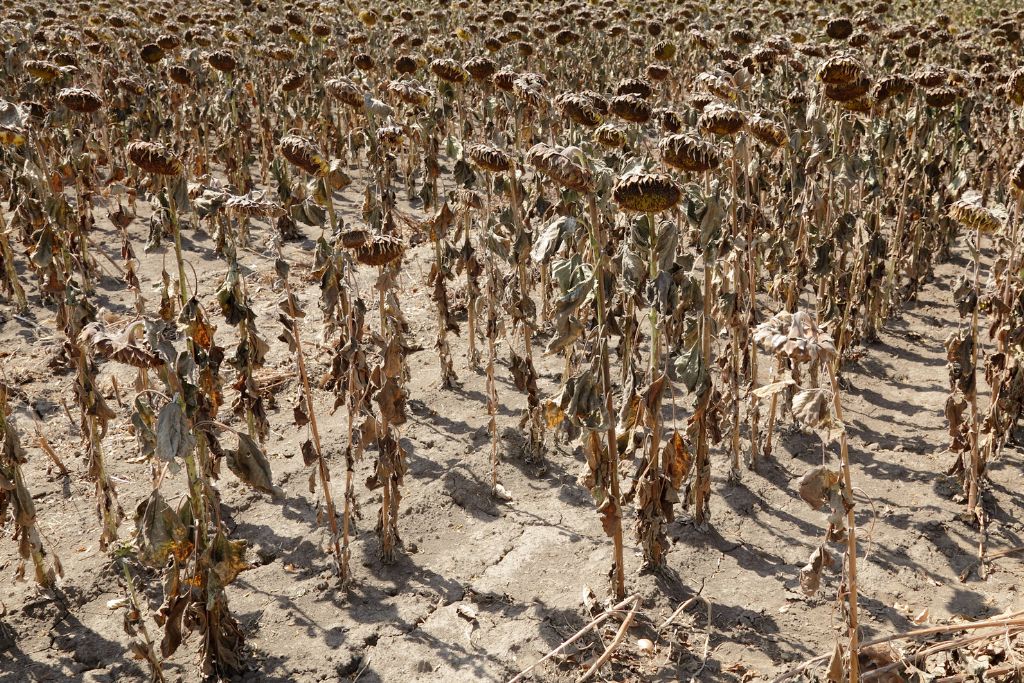Published on Wednesday, the new UN report analysed all national climate plans submitted since 2015, urging countries to do more to avoid catastrophic consequences. Meanwhile, the UN weather agency found that greenhouse gas concentrations have surged to new records last year.
—
Despite pledges and commitments from governments around the world to cap global warming below 1.5C, a new UN report has found that the world is on track to exceed the feared 2C mark by 2030.
The Paris Agreement reached in 2015 led to the so-called nationally-determined contributions (NDCs), national climate plans submitted by all signatories of the Agreement that embody their efforts to reduce national emissions and also include climate change mitigation and adaptation plans.
The UNFCCC analysed all national climate plans submitted since 2015 and, ahead of COP27 set to begin next week in Egypt, urged countries to increase their ambitions faster and update their NDCs accordingly, given that even if all current promises were fulfilled, there would still be an excess of 16 billion metric tons of carbon dioxide above the threshold needed to keep warming below 2C.
You might also like: Air Pollution: Have We Reached the Point of No Return?
According to the scientists behind the study, the planet will heat up between 2.1C and 2.9C by the end of the century compared to pre-industrial levels, even though emissions are expected to effectively stop increasing after 2030. With these predictions in mind, the United Nations Framework Convention on Climate Change (UNFCCC) concluded that we are running out of time to make the transformational changes requires to cap global temperature rises and that governments must do more by 2030 to ensure that warming is kept below 2C and ideally closer to 1.5C.
“At the UN Climate Change Conference in Glasgow last year, all countries agreed to revisit and strengthen their climate plans,” said Simon Stiell, executive secretary of UN Climate Change in a statement. “The fact that only 24 new or updated climate plans were submitted since COP26 is disappointing.”
Meanwhile, the UN weather agency released a new, alarming report showing that the atmospheric concentration of the three greenhouse gases – carbon dioxide, methane, and nitrous oxide – all hit new record levels in 2021. The year-on-year jump in methane emissions, the potent, heat-trapping gas considered the second-largest contributor to global warming, was the highest since records began in 1983.
You might also like: World Is Not On Track to Meet Global Deforestation Pledge Goal by 2030: Study


















